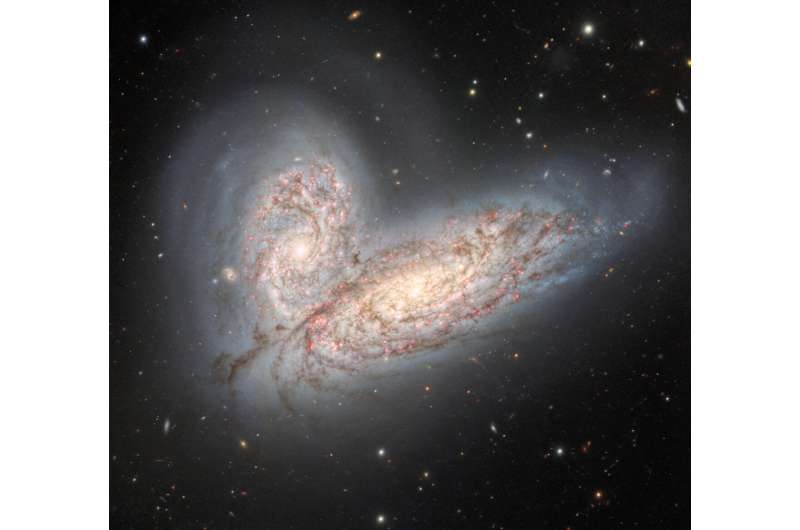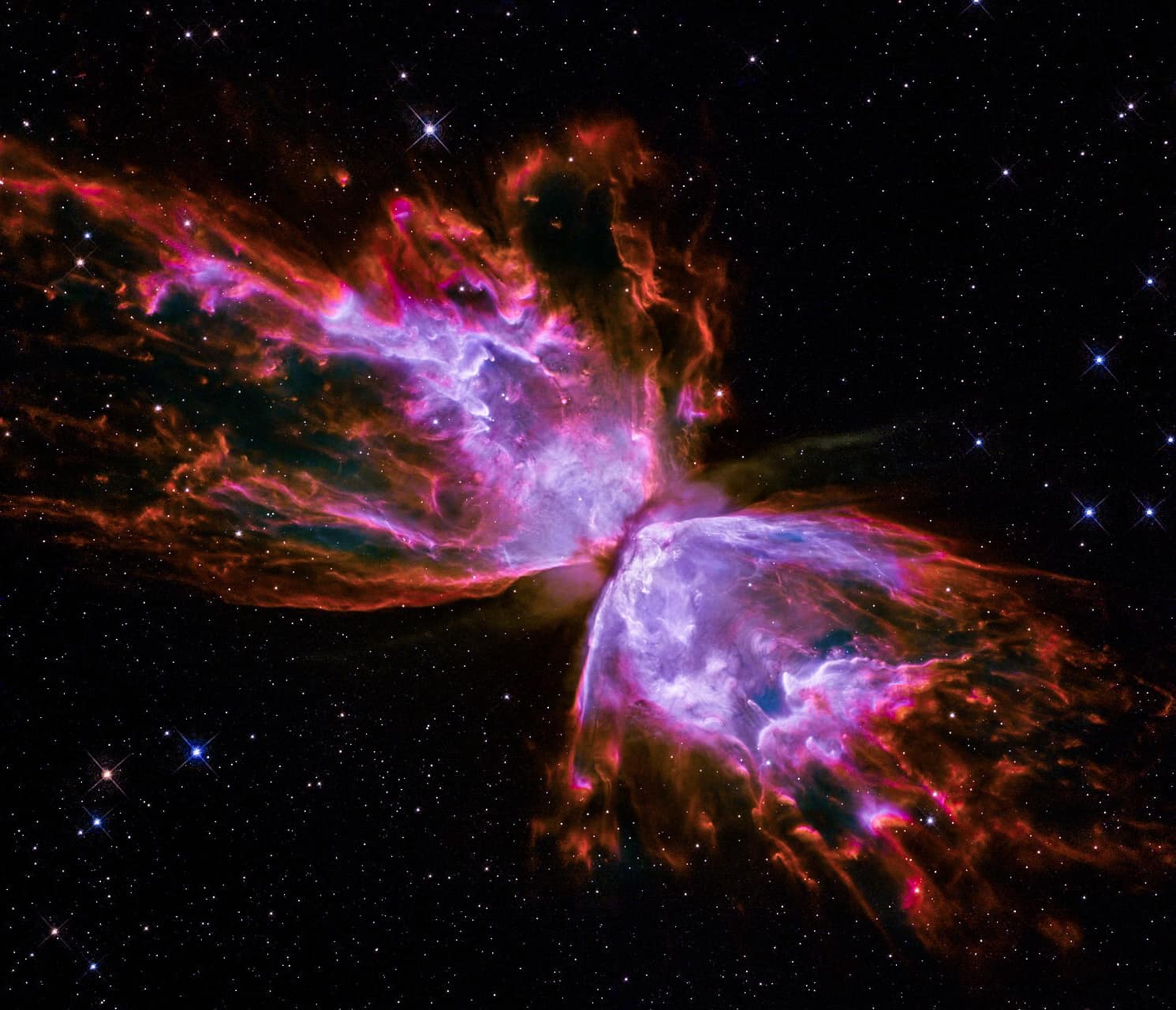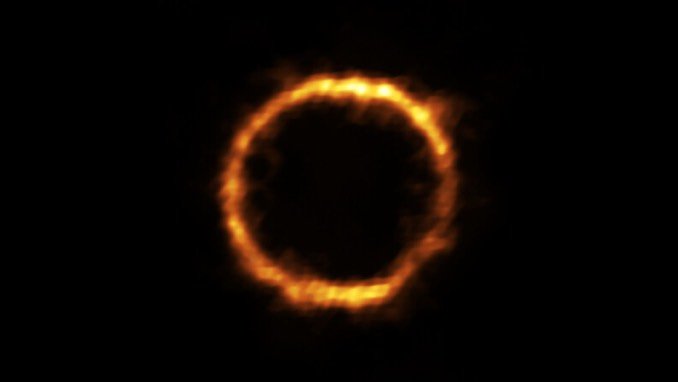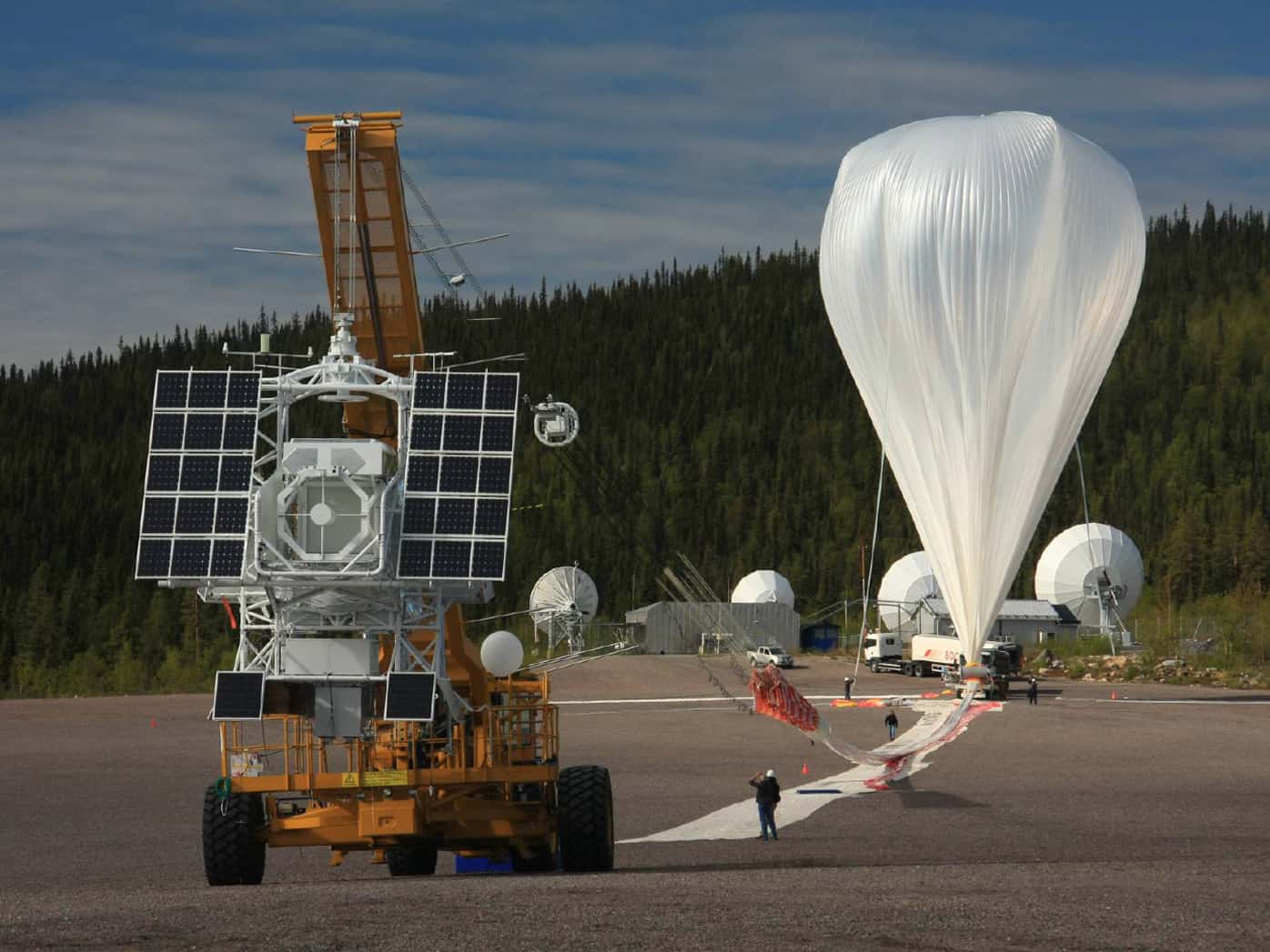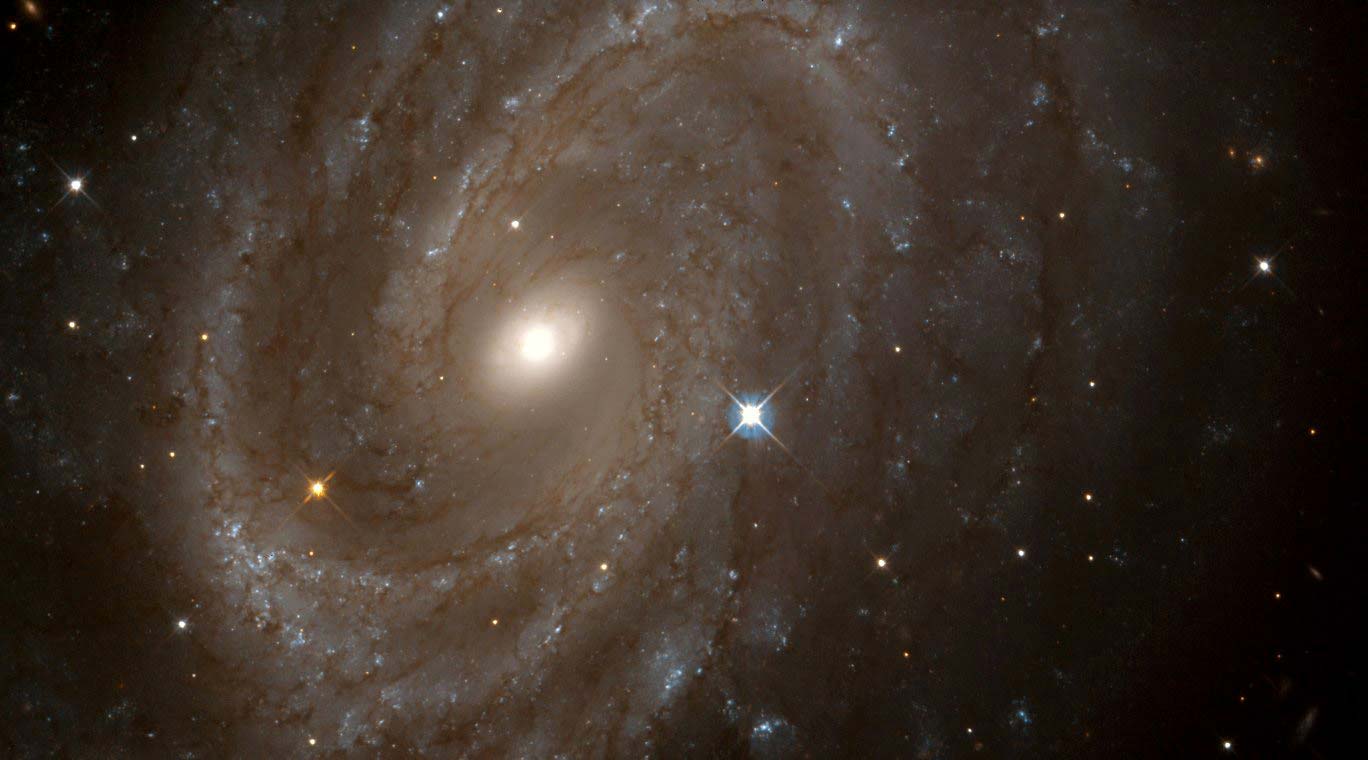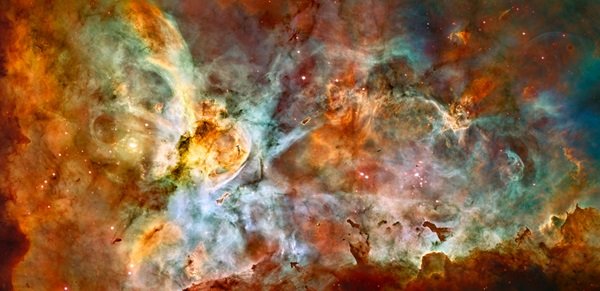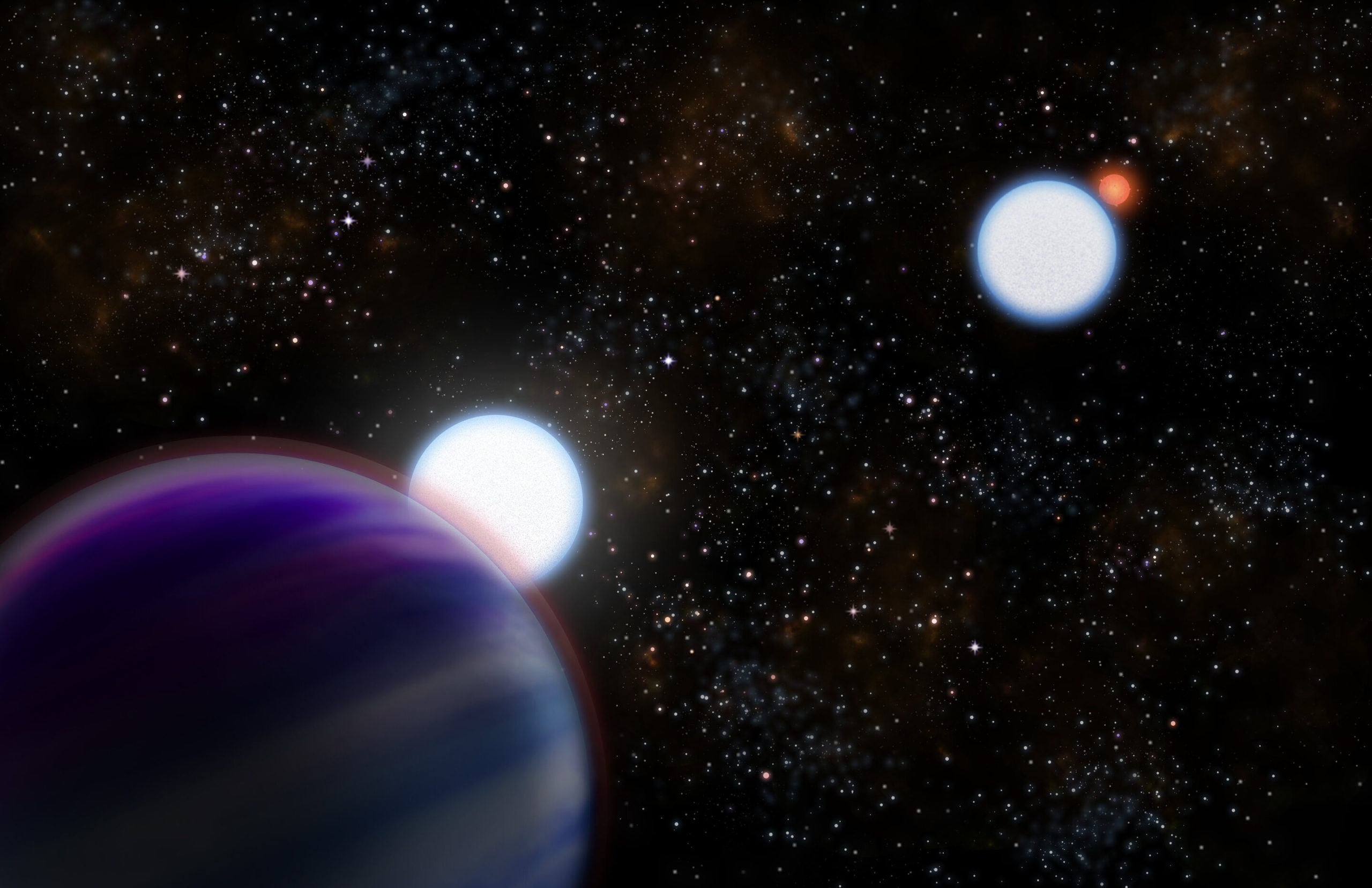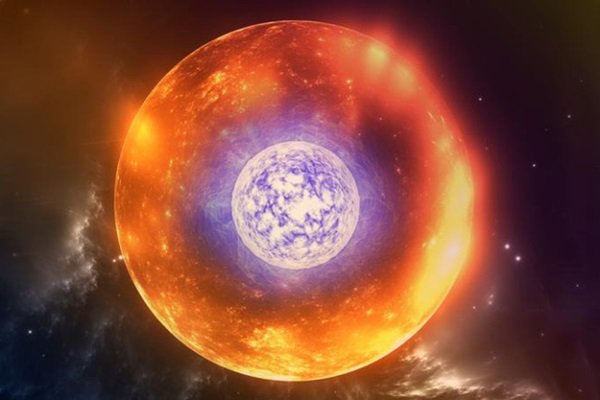Interesting Astronomy news from the week of 8/7/2022
Read about the coolest discoveries, research updates, and images of this week’s astronomy: A new JWST brown dwarf, the first ever detection of gas in a planetary disk, and a new image of colliding galaxies from Gemni North Observatory
Read more